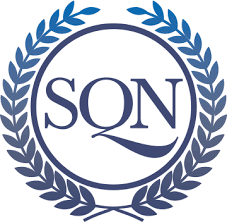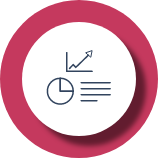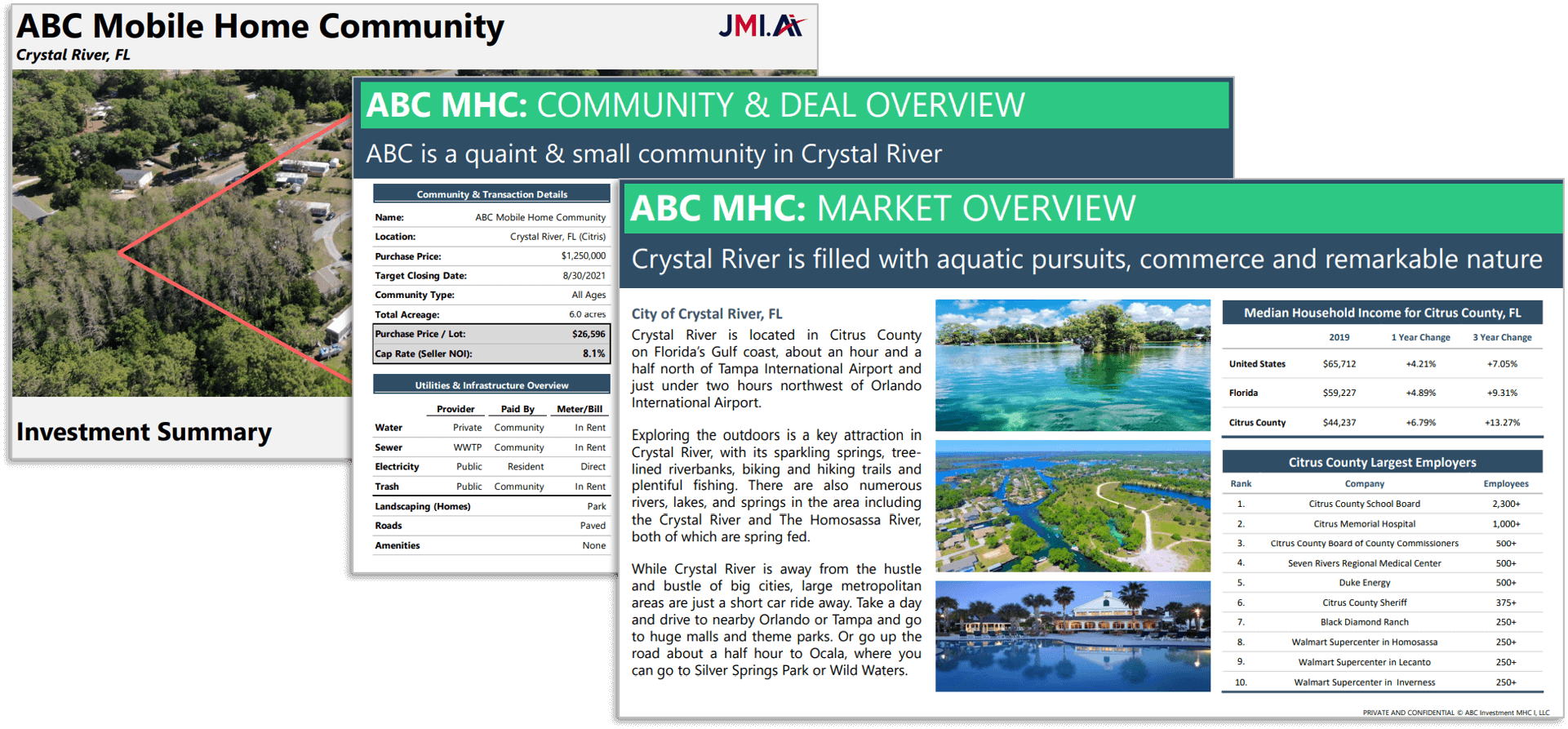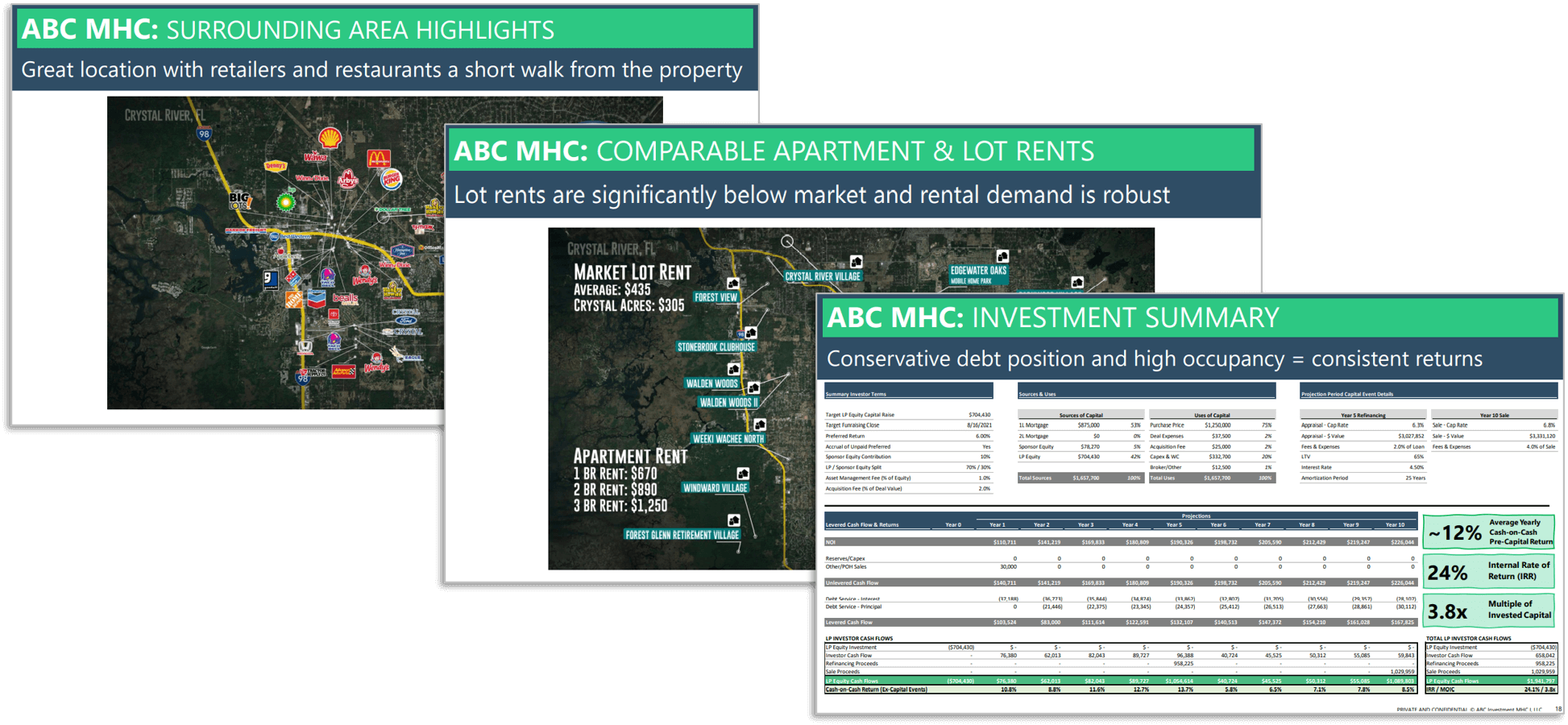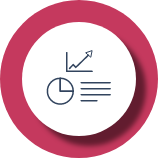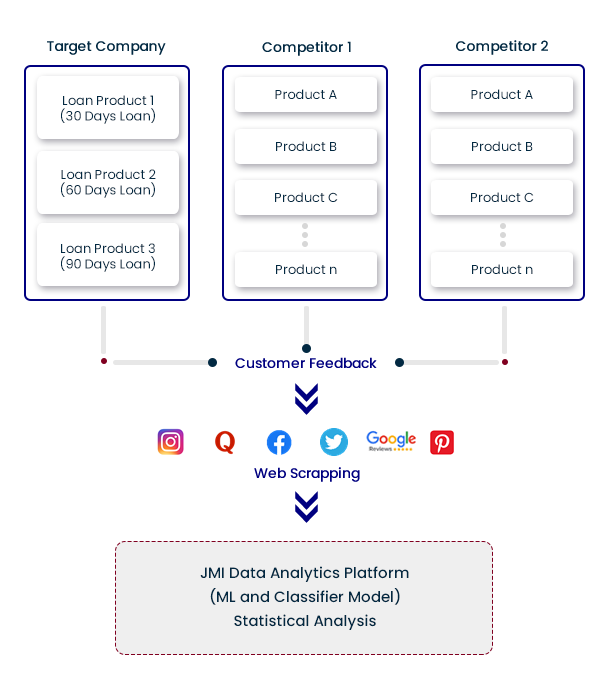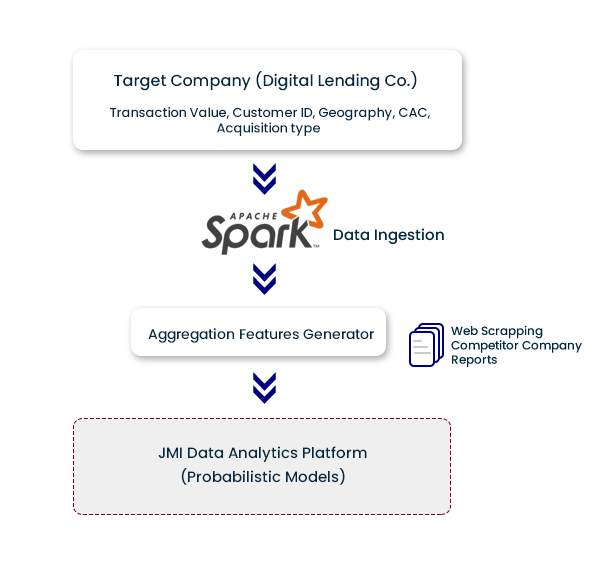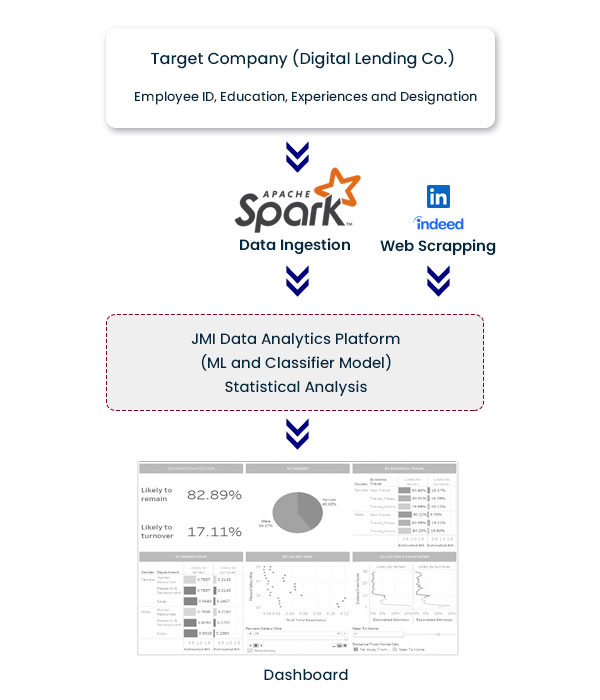Global Financial & Investment Research
Providing analytical support to financial firms and corporates
2000+Employees
Across Global offices with Corporate HQ in New York City
1997Established
20+ years of track record
400+Clients Served
In US, Europe and Asia including Fortune 500
$2Billion Transactions Supported
Globally across multiple sectors

Service Offerings
Investment Banking
We are working with investment banking firms to help improve productivity, reduce costs, and become more agile. Supporting them with CIMs, transaction research, financial modeling & valuations, due diligence, and building pitch decks.
Learn MorePrivate Equity
Our comprehensive suite of value-added services spans the entire private capital markets spectrum, encompassing deal origination, thorough evaluation, and diligent portfolio monitoring, all of which empower investment professionals to stay at the forefront of the industry.
Learn MoreHedge Funds
We provide support to hedge funds by offering specialized services that enhance operational efficiency and strategic decision-making. These services include comprehensive risk analysis, market research, and financial modeling, enabling hedge funds to make informed investment decisions.
Learn MoreVenture Capital
JMI play a pivotal role in supporting venture capital firms by offering specialized services such as market research, deal sourcing, financial modeling, due diligence, valuation, and portfolio monitoring. Our expertise enables VCs to make informed investment decisions, identify promising opportunities, and optimize the performance of their portfolios.
Learn MoreFixed Income & Credit Research
Our comprehensive suite of value-added services by leveraging expertise in credit analysis, risk management, and strategic investment to fuel growth and maximize returns to empower your financial endeavours.
Learn MoreData Analytics
We help firms navigate in today's world of complex data. JMI provides custom-made solutions by leveraging our AI, ML, NLP, and Visualization Expertise.
Learn MoreReal Estate Investments
JMI supports real estate funds by offering end-to-end services. These include identifying lucrative investment opportunities through extensive deal sourcing, conducting thorough due diligence to assess risk and potential returns, and managing portfolios for optimal performance. Additionally, we provide expertise in market research and analysis, aiding funds in making informed decisions in the dynamic real estate landscape.
Learn MoreFamily Offices
We specialize in tailored financial solutions designed specifically for family offices, supporting the preservation and growth of generational wealth. Our expertise spans administrative services, asset management, corporate finance, and regulatory compliance, catering to the diverse needs of family offices.
Learn MoreView Our Insights
Get a more Comprehensive View with Our Insights


